Black grouse numbers fall after cold winter
The cold, snowy winter caused male black grouse numbers to fall dramatically
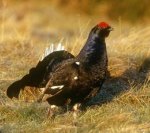
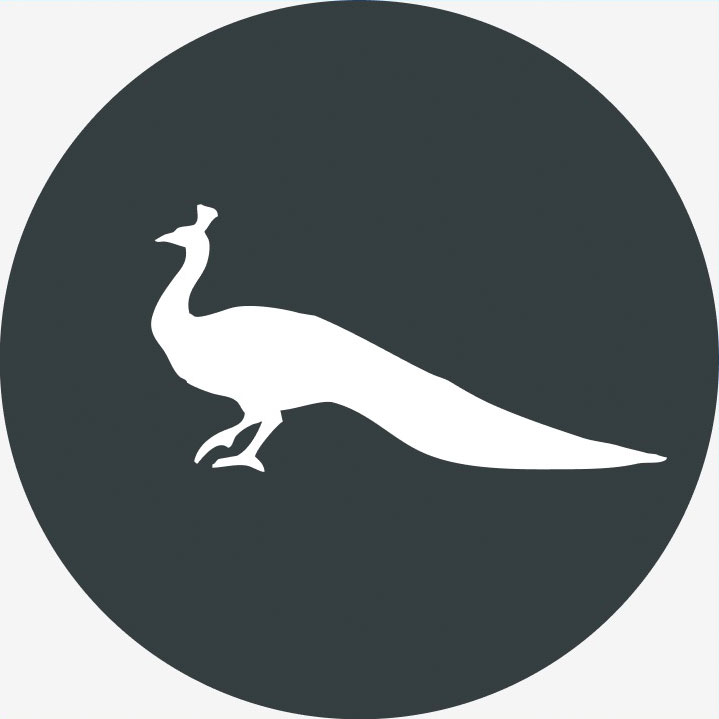
The number of Britain's rare black grouse has fallen dramatically after this country's coldest winter for 30 years, according to the Game and Wildlife Conservation Trust (GWT).
In northern England, the black-grouse population has dropped to its lowest-ever recorded level, and male black grouse numbers have almost halved since last spring.
Black grouse male numbers had previously increased from 773 in 1998 to 1,200 in 2007, but cold, rainy summers in 2007 and 2008 led to poor breeding seasons, with only 730 recorded in 2009.
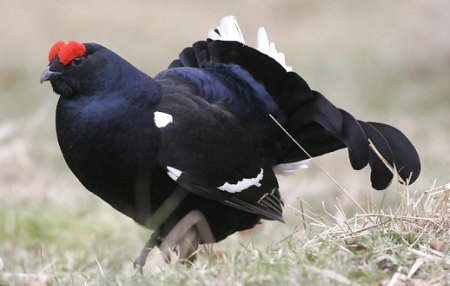
In the North Pennines, where black grouse have previously thrived, male numbers were at an all-time low of 400 in spring 2010.
Dr Phil Warren, research scientist for the GWT, has been working on the North Pennines Black Grouse Recovery Project for 15 years. He observed that the red-listed black grouse has suffered threats in the form of habitat loss and increasingly intensive agriculture.
Dr Warren added: ‘This is a huge blow to all those that have been involved in black grouse recovery. However, it does underline the importance of conserving populations at levels that can withstand these periodic random factors, such as weather.
‘Our work to improve the conditions on the fringes of moors has proved very important, as the population in the Pennines has recovered sufficiently to withstand these extreme weather conditions.'
Sign up for the Country Life Newsletter
Exquisite houses, the beauty of Nature, and how to get the most from your life, straight to your inbox.
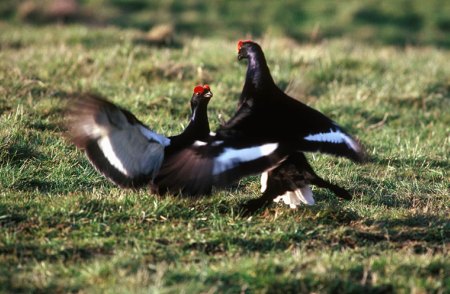
The GWT has been encouraging moorland managers to establish small areas of native woodland on the edge of moors. These can provide food when other sources, such as heather, are covered by snow.
Research shows that, in these areas, the number of male black grouse has only declined by 15%; at sites without woodland areas, that number was 50%.
To comment on this article, use the comment box below, or email us at clonews@ipcmedia.com. Read more about the countryside
For more news stories like this every week subscribe and save
Follow Country Life on Twitter
Country Life is unlike any other magazine: the only glossy weekly on the newsstand and the only magazine that has been guest-edited by HRH The King not once, but twice. It is a celebration of modern rural life and all its diverse joys and pleasures — that was first published in Queen Victoria's Diamond Jubilee year. Our eclectic mixture of witty and informative content — from the most up-to-date property news and commentary and a coveted glimpse inside some of the UK's best houses and gardens, to gardening, the arts and interior design, written by experts in their field — still cannot be found in print or online, anywhere else.
-
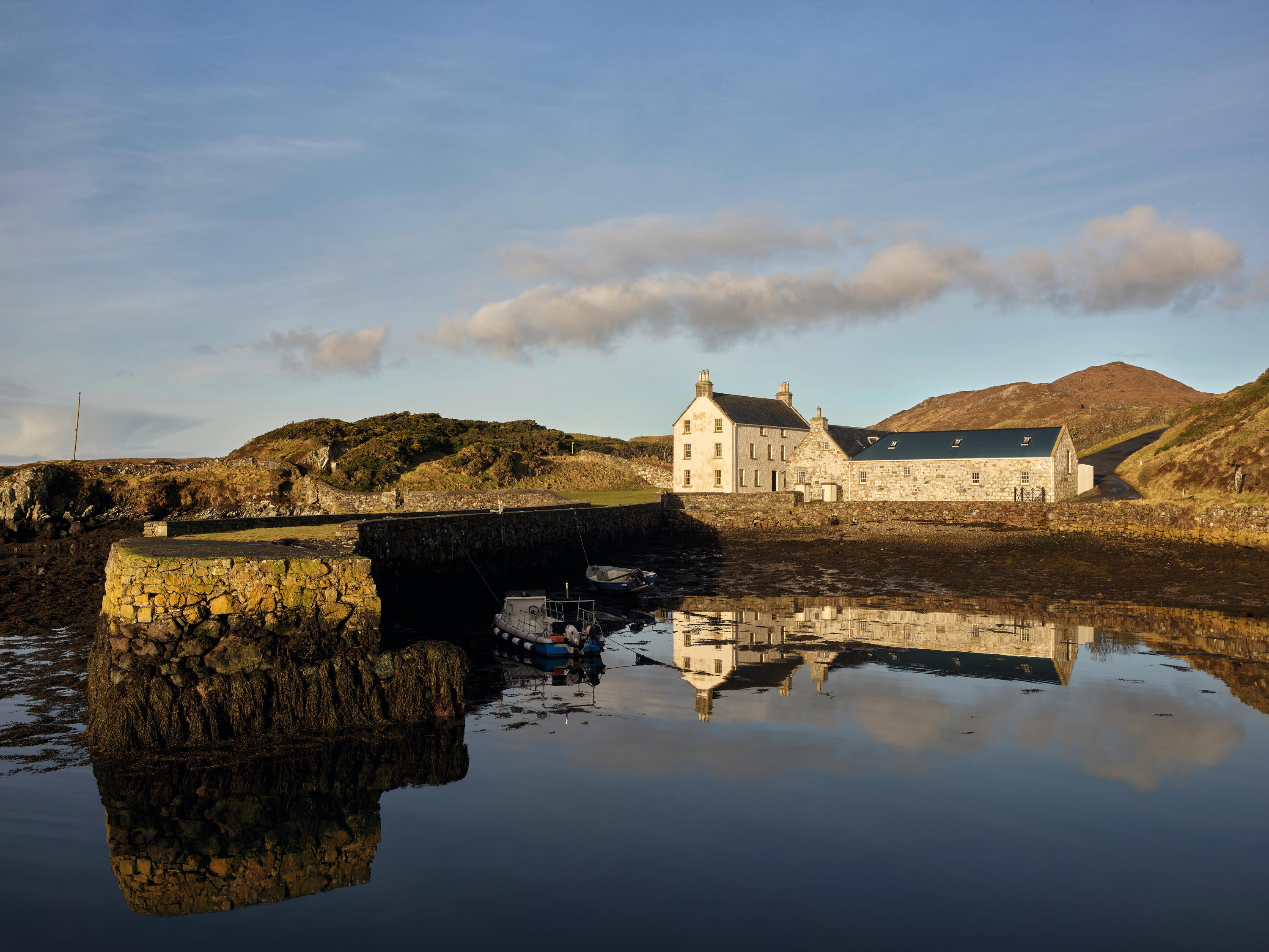 Rodel House: The Georgian marvel in the heart of the Outer Hebrides
Rodel House: The Georgian marvel in the heart of the Outer HebridesAn improving landlord in the Outer Hebrides created a remote Georgian house that has just undergone a stylish, but unpretentious remodelling, as Mary Miers reports. Photographs by Paul Highnam for Country Life.
By Mary Miers
-
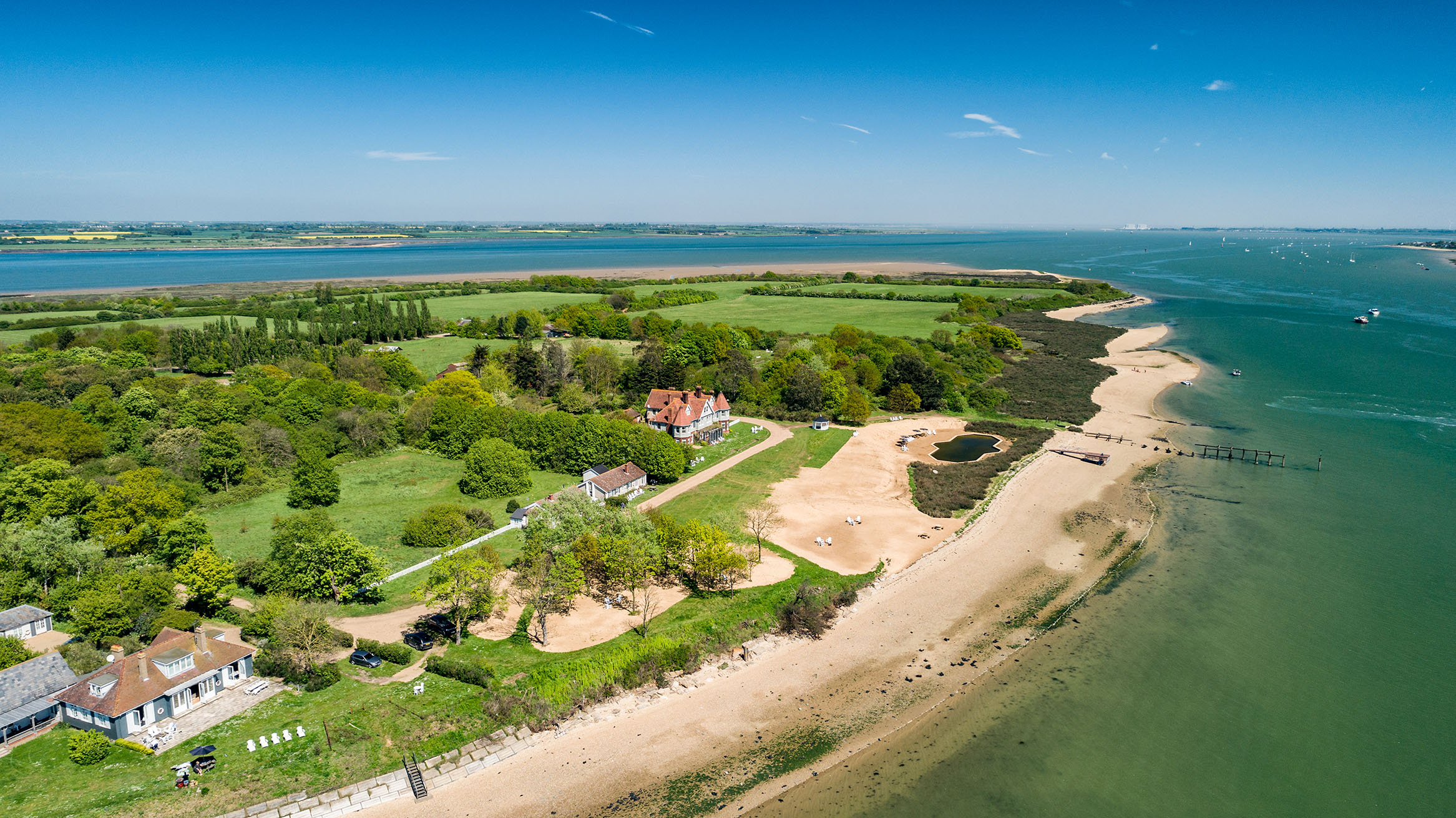 380 acres and 90 bedrooms on the £25m private island being sold by one of Britain's top music producers
380 acres and 90 bedrooms on the £25m private island being sold by one of Britain's top music producersStormzy, Rihanna and the Rolling Stones are just a part of the story at Osea Island, a dot on the map in the seas off Essex.
By Lotte Brundle